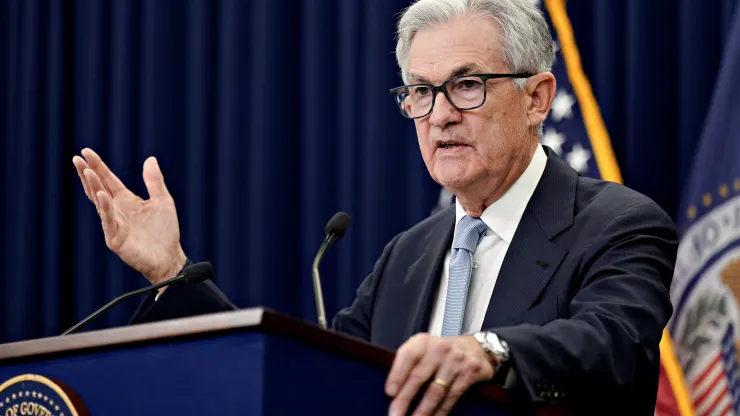Overview of the Fed’s Rate Hike Decision
In March 2023, the Federal Reserve raised its benchmark interest rate by 25 basis points, marking the first rate hike in several years. This decision was made in response to increasing inflationary pressures and the need to maintain a stable economic environment.
The Economic Context Leading Up to the Rate Hike
Strong Economic Growth and Low Unemployment
The U.S. economy has been experiencing a period of robust growth, with GDP expanding at a healthy rate. Additionally, the labor market has shown significant improvement, with the unemployment rate reaching historically low levels.
Inflationary Pressures and the Need for Monetary Policy Adjustment
Inflation has been a major concern for the Federal Reserve, as it has been persistently above the 2% target. This has led the central bank to adjust its monetary policy stance in order to contain rising inflationary pressures and maintain price stability.
Impact of the Rate Hike on Various Economic Sectors
Financial Markets: A Shift in Investor Sentiment
The rate hike has led to a shift in investor sentiment, as higher interest rates generally translate into increased borrowing costs for businesses and consumers. This could result in a slowdown in economic growth, leading investors to reevaluate their portfolios and seek out more defensive investments.
Real Estate: A Potential Slowdown in the Housing Market
Higher interest rates may also impact the housing market, as they make mortgages more expensive for potential homebuyers. This could lead to a slowdown in demand for housing, potentially impacting the overall growth of the real estate sector.
Consumer Spending: Assessing the Effects on Retail and E-commerce
Consumer spending, a key driver of economic growth, could also be affected by the rate hike. With higher borrowing costs, consumers may become more cautious with their spending habits, potentially impacting the retail and e-commerce sectors.
Implications for Investors: Navigating the Changing Landscape
Investors should be prepared to adjust their strategies in light of the Fed’s rate hike decision. Here are some key areas to consider:
Diversification: The Importance of a Balanced Portfolio
In times of economic uncertainty, diversifying investments across different asset classes and sectors can help mitigate risks and protect against potential market downturns.
Focus on Quality: Investing in Strong, Resilient Companies
Investors should prioritize companies with strong fundamentals, such as solid balance sheets and robust cash flows. These businesses are better equipped to withstand economic fluctuations and deliver consistent returns.
Consider Fixed-Income Alternatives: Exploring Bonds and Dividend Stocks
As interest rates rise, fixed-income investments such as bonds and dividend stocks can offer attractive yields and lower risk profiles compared to more aggressive investments.
Conclusion: Adapting to the New Economic Environment
The Federal Reserve’s decision to raise interest rates is a significant event that will have far-reaching implications for the economy and investors. By understanding the potential impacts and adjusting investment strategies accordingly, investors can navigate this changing landscape and continue to achieve their financial goals.


